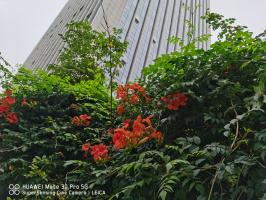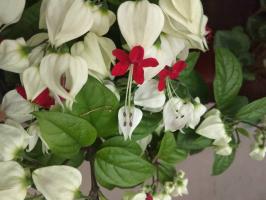When to Plant Neem Trees
Neem is a tropical evergreen tree native to the Indian subcontinent, but now widely cultivated in other parts of the world, including Africa, South America, and Southeast Asia. It is known for its numerous health benefits and has been used for centuries in traditional medicine. Neem oil, extracted from the tree's seeds, is an important ingredient in many beauty products, pesticides, and herbal medicines. If you are planning to grow neem trees, you may wonder when is the best time to plant them. This article will provide you with some useful tips.
Climate and Soil Requirements
Neem trees thrive in hot and dry conditions and can tolerate temperatures as high as 50 degrees Celsius. They prefer well-drained soils and can grow in a wide range of soil types, from sandy to clayey. However, they do not do well in waterlogged soils and heavy rainfall areas. If you live in a tropical or subtropical region, where the temperature remains above 20 degrees Celsius throughout the year, you can plant neem trees at any time of the year.
Planting in the Monsoon Season
In areas with a distinct monsoon season, it is best to plant neem trees in the early monsoon period, just before or after the first rains. This is because the soil is moist and the temperatures are mild, which allows the young plants to establish their roots easily. Monsoon planting ensures that the trees get enough water to grow during the initial stages without the need for frequent watering. However, avoid planting neem trees during the peak monsoon season when the rainfall is heavy and incessant, as this may cause waterlogging and damage to the roots.
Planting in the Dry Season
In regions where the climate is dry, with little or no rainfall, it is best to plant neem trees during the cooler months, from November to February. The moderate temperatures during this period allow the trees to establish their roots without the risk of dehydration. In dry regions, it is important to water the plants frequently during the initial stages and provide some shade to protect them from the scorching sun. Once the trees are established, they can survive even in extremely dry conditions.
Planting in Containers
If you do not have a suitable garden or the climate in your area is not favorable for neem trees, you can still grow them in containers. Neem trees can be grown in large pots or containers filled with well-drained potting mix. Choose a sunny spot, preferably near a window or balcony, where the trees can get at least six hours of direct sunlight. Water the plants regularly, but do not overwater them, as this may cause root rot. You can fertilize the trees with a balanced fertilizer every three months to promote growth.
Conclusion
Neem trees are easy to grow and require minimal care once they are established. Whether you are planting them in your garden or in containers, make sure you choose the right time and provide them with the right conditions to grow. By following the tips in this article, you can enjoy the numerous benefits of neem trees and contribute to a healthier and more sustainable environment.

 how many times do yo...
how many times do yo... how many planted tre...
how many planted tre... how many pine trees ...
how many pine trees ... how many pecan trees...
how many pecan trees... how many plants comp...
how many plants comp... how many plants can ...
how many plants can ... how many plants and ...
how many plants and ... how many pepper plan...
how many pepper plan...






























